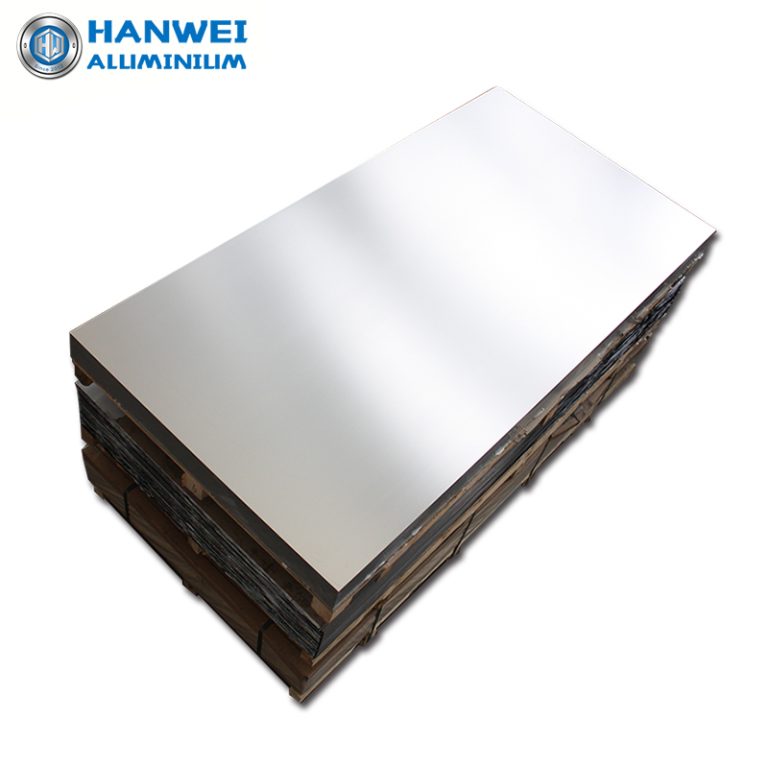What is the difference between aluminium sheet and plate?
Hot keword :2024 5052 5083 6061 7075
The latest article
- HANWEI Attends METALEX 2025: Showcasing Premium Aluminum & Metal Solutions in Bangkok
- Shanghai Hanwei Aluminum Trading Co., Ltd. to Highlight Aluminum Trading Solutions at METALEX 2025 Bangkok
- Why Is 5083 Aluminum Plate So Versatile for Marine, Transportation and Multiple Scenarios?
- 5754 vs 5A06: Core Differences of Two 5-Series Aluminum Plates
- Is 2024 stronger than 6061?
- Is 2024 aluminum corrosion resistant?

The main difference between aluminum sheet and plate lies in their thickness. While both are flat, rectangular pieces of aluminum, sheet metal is generally considered to be less than 6 mm thick, while plates are typically 6 mm or thicker. This distinction is not based on a strict standard and can vary depending on the industry and country.
Sheet metal is often used for lightweight applications that require flexibility, such as in roofing, signage, and automotive panels. It is easily formed and can be cut into various shapes.
On the other hand, aluminum plates are used for applications that require higher strength and durability, such as in structural components, aerospace parts, and heavy-duty machinery. Plates are often machined or fabricated into specific shapes or structures.


